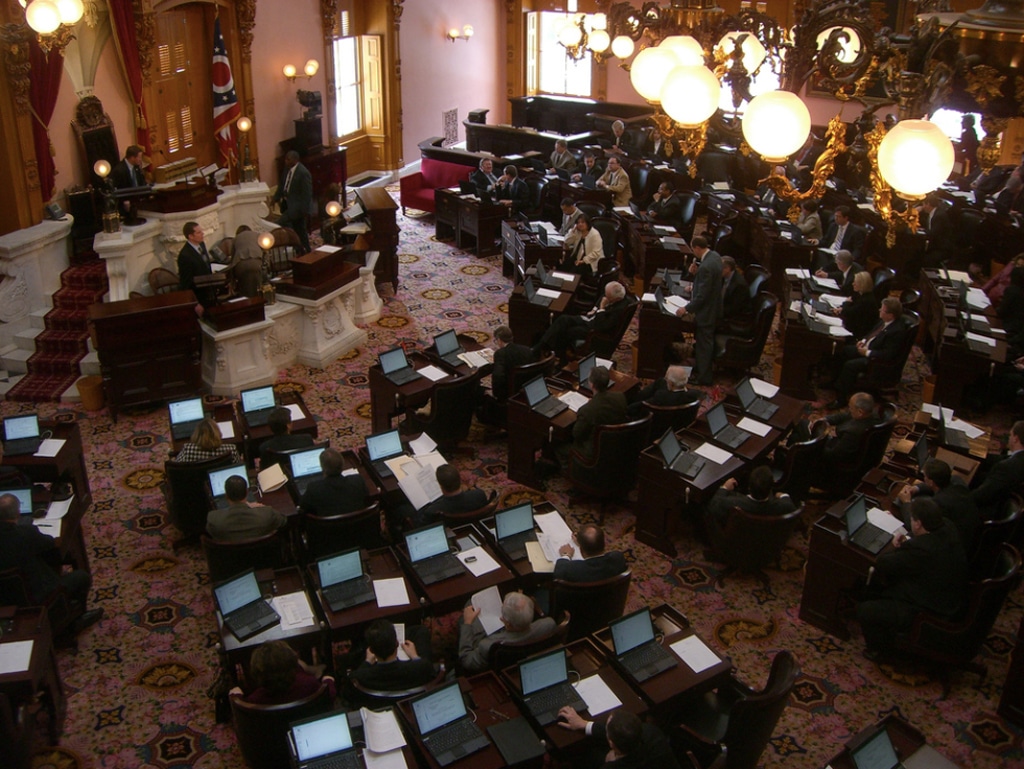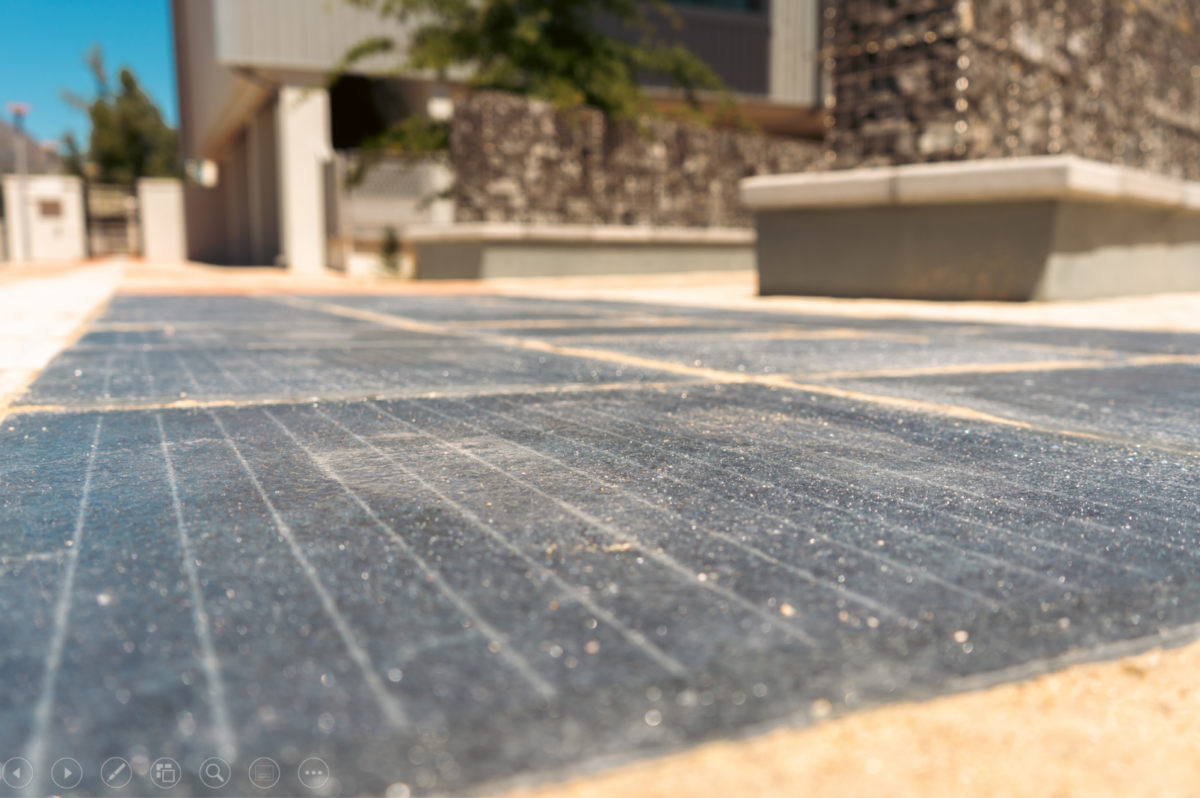Yesterday, Ohio Gov. John Kasich protected the state’s solar industry — at least temporarily — from a bill designed to render a renewable portfolio standard virtually meaningless.
Kasich vetoed Substitute House Bill 554 (HB 554) yesterday, which would have frozen Ohio’s renewable portfolio standards (RPS) — and its minuscule solar carve-out —at levels rendering it a dead letter and grinding the state’s solar industry to a screeching halt.
HB 554 also would have allowed the public utilities commission to define any future energy-resource as renewable, as well as turning the RPS into a voluntary program without any compliance obligations through 2021.
After Ohio became the first state in the nation to freeze its RPS in 2014 — with a solar carve-out of only 0.12 percent —solar installations fell from 15 to 10 MW. Kasich supported the original freeze.
As pv magazine reported earlier this month, more corporations than ever are using solar energy to reduce carbon footprints and slash electricity costs, legislation like HB 544 — which appears to have its origins in an American Legislative Exchange Council (ALEC) proposal — prevent companies from having stable renewable energy markets of which to avail themselves.
In his official statement explaining his veto, Kasich said limiting residential and commercial energy choices would represent a significant step backward for Ohio workers and the state’s economic competitiveness by essentially eliminating solar and other renewable energy sources as options for companies.
“HV 554 undermines [the process of creating a healthy business environment] by taking away some of those energy-generation options, particularly the very options prized by the companies poised to create many jobs in Ohio in the coming years,” Kasich wrote.
“Arbitrarily limiting Ohio’s energy-generation options amounts to self-inflicted damage to both our states near- and long-term economic competitiveness,” Kasich added. “Therefore, this veto is in the public interest.”
Ohio solar advocates applauded Kasich’s decision.
“The two-year freeze has cost Ohio jobs and investments,” said Ted Ford, president of Ohio Advanced Energy Economy (Ohio AEE). “With this veto, Ohio can begin to move forward with sensible energy policy next year — one that can bring back advanced energy jobs and investment to Ohio.”
But the battle for sanity in Ohio’s solar industry is not over yet. The legislature could overturn Kasich’s veto in the new session, slated to begin on Jan. 9. A three-fifths vote — 60 of the 99 lawmakers in the House and 20 of the 33 in the Senate — would be needed to override the veto
This content is protected by copyright and may not be reused. If you want to cooperate with us and would like to reuse some of our content, please contact: editors@pv-magazine.com.








By submitting this form you agree to pv magazine using your data for the purposes of publishing your comment.
Your personal data will only be disclosed or otherwise transmitted to third parties for the purposes of spam filtering or if this is necessary for technical maintenance of the website. Any other transfer to third parties will not take place unless this is justified on the basis of applicable data protection regulations or if pv magazine is legally obliged to do so.
You may revoke this consent at any time with effect for the future, in which case your personal data will be deleted immediately. Otherwise, your data will be deleted if pv magazine has processed your request or the purpose of data storage is fulfilled.
Further information on data privacy can be found in our Data Protection Policy.